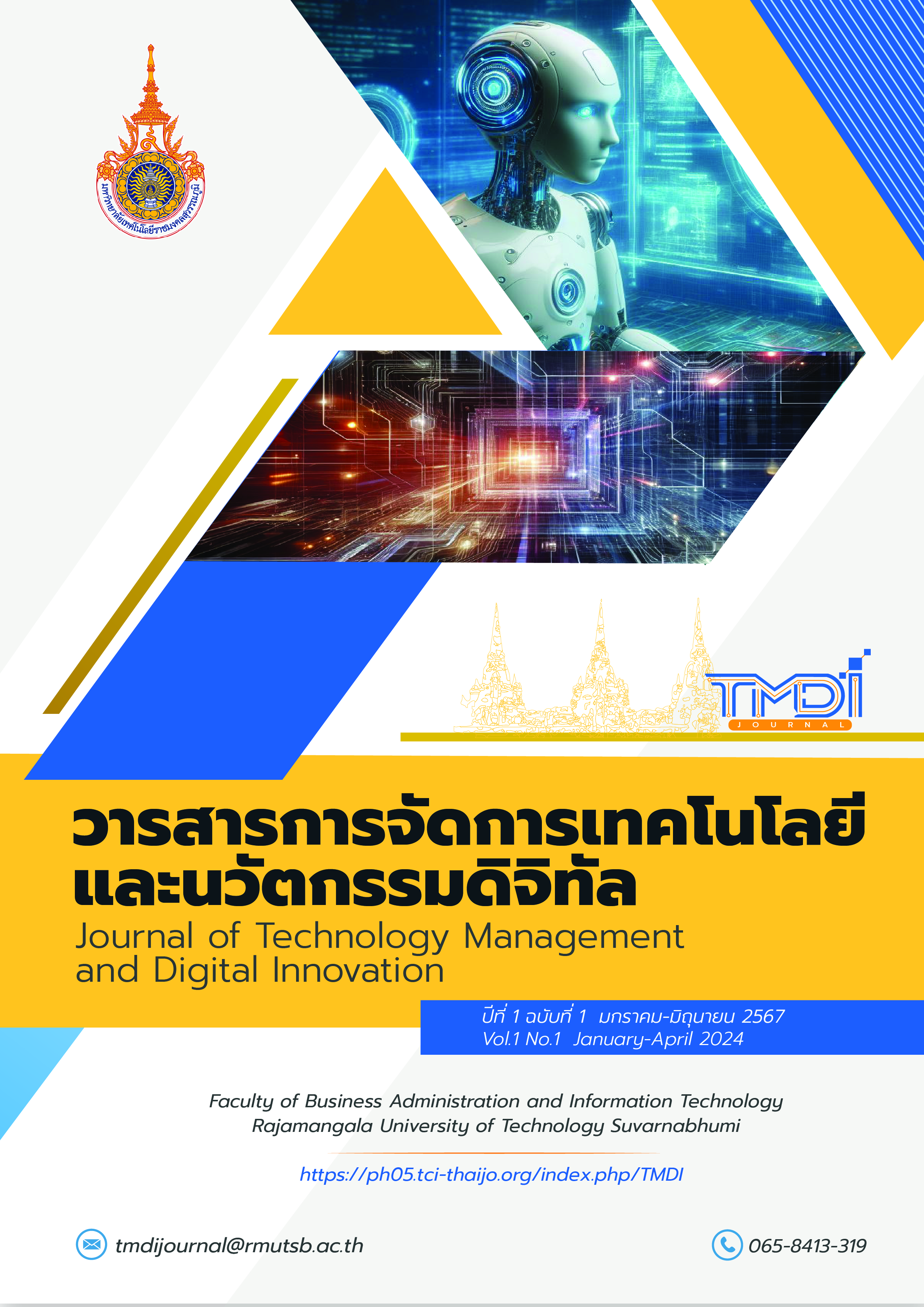การเปรียบเทียบการออกแบบตัวควบคุมพีไอ-พีดีด้วยการค้นหาแบบค้างคาว เพื่อลดการขยายตัวของสัญญาณควบคุมสำหรับการควบคุมอุณหภูมิของกาต้มน้ำไฟฟ้า A Comparison of PI-PD Controller Designed by Bat Search to Reduce Set-Point Kick for Temperature Control of an Electric Kettle
Main Article Content
บทคัดย่อ
รูปแบบที่ปรับปรุงตัวควบคุมพีไอดี คือ ตัวควบคุมพีไอ-พีดี โดยทั่วไปตัวควบคุมพีไอดีที่วางตัวอยู่บนทางเดินป้อนไปหน้าก่อให้เกิดการขยายตัวของสัญญาณควบคุม ส่งผลกระทบต่ออุปกรณ์อิเล็กทรอนิกส์กำลัง บทความนี้จึงนำเสนอตัวควบคุมพีไอ-พีดีเพื่อลดการขยายตัวของสัญญาณควบคุม ตัวควบคุมพีไอ-พีดีจะมีเทอมพีและเทอมไออยู่ในทางเดินแบบป้อนไปหน้าและจะมีเทอมพีและเทอมดีอยู่ในทางเดินแบบป้อนกลับ งานวิจัยนี้ได้ใช้การค้นหาแบบค้างคาวเพื่อออกแบบตัวควบคุมพีไอ-พีดีสำหรับการควบคุมอุณหภูมิของกาต้มน้ำไฟฟ้า ผลการปรับแต่งตัวควบคุมพีไอ-พีดีจะเปรียบเทียบกับตัวควบคุมพีไอดีและตัวควบคุมไอ-พีดีที่ถูกออกแบบด้วยการค้นหาแบบค้างคาว จากผลที่ได้รับพบว่า การค้นหาแบบค้างคาวสามารถออกแบบตัวควบคุมพีไอดี ไอ-พีดีและพีไอ-พีดีได้อย่างเหมาะสม ตัวควบคุมพีไอ-พีดีจะให้ค่าพุ่งเกินสูงสุดและช่วงเวลาเข้าที่น้อยที่สุดและลดการขยายตัวของสัญญาณควบคุมน้อยกว่าตัวควบคุมพีไอดี
Article Details

อนุญาตภายใต้เงื่อนไข Creative Commons Attribution-NonCommercial-NoDerivatives 4.0 International License.
เอกสารอ้างอิง
Madugu J. S. (2018). Modeling and Simulation of Proportional-Integral-Derivative (PID) Temperature Controller for an Electric Kettle. International Jounal of Engineering, Science and Mathematice. 7(9), 15–20.
Minorsky, N. (1922). Directional stability of automatically steered bodies. American Society of Naval Engineering, 34, 284.
Pessen, D. W. (1996). A New Look at PID Controller Tuning. Trans. of the ASME, Journal of Dynamic Systems, Measurement, and Control, Sept., (116), 553–557.
Sato T. and Inoue A. (2004). A Design Method of Multirate I-PD Controller based on Multirate Generalized Predictive Control Law. In Proc. SICE Annual Conference, 17–22.
Stphanopoulos, G. (2006). Chemical Process Control: An Introduction to Theory and Practice. Prentice-Hall of India, New Delhi.
Talbi, E. G. (2009). Metaheuristics form Design to Implementation. John Wiley & Sons.
Tsai, P. W., Pan, J. S., Liao, B. Y., Tsai, M. J., & Istanda, V. (2011). Bat algorithm inspired algorithm for solving numerical optimization problems. Applied Mechanics and Materials, (148–149), 134–137.
Yang, X. S. (2010, 1). Engineering Optimization, An Introduction with Metaheuristic Applications. John Wiley & Sons.
Yang, X. S. (2010, 2). A new metaheuristic bat-inspired an algorithm. In: Nature Inspired Cooperative Strategies for Optimization (NICSO 2010) (Eds. J. R. Gonzalez et al.). Studies in Computational Intelligence, Springer Berlin, 284, Springer, 65–74.
Yang, X. S. (2011). Bat algorithm for multi-objective optimization. Int. J. Bio-Inspired Computation. 3(5), 267–274.
Ziegler J. G. and Nichols N. B. (1942). Optimum Settings for Automatic Controllers. In Trans. of the ASME, (64), 759–768.

